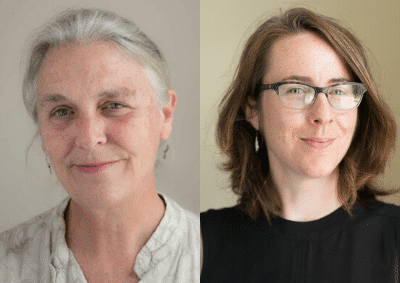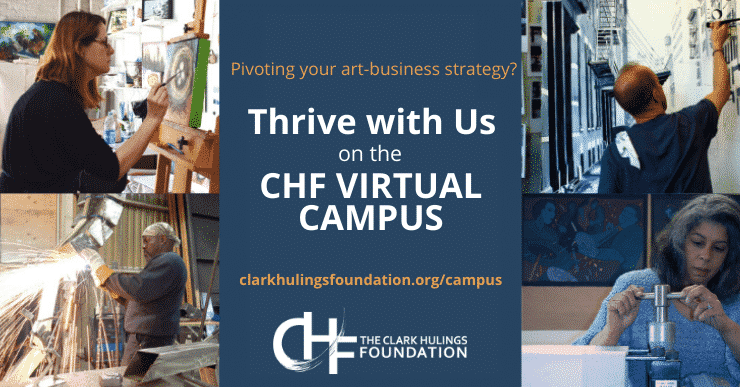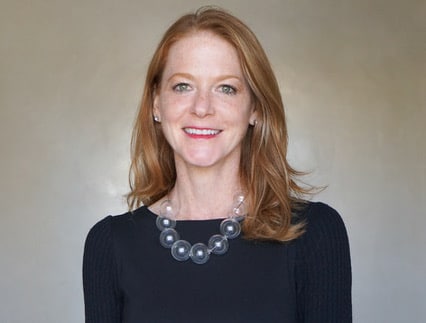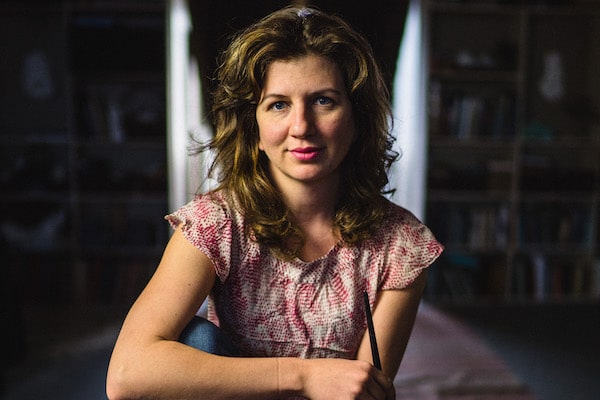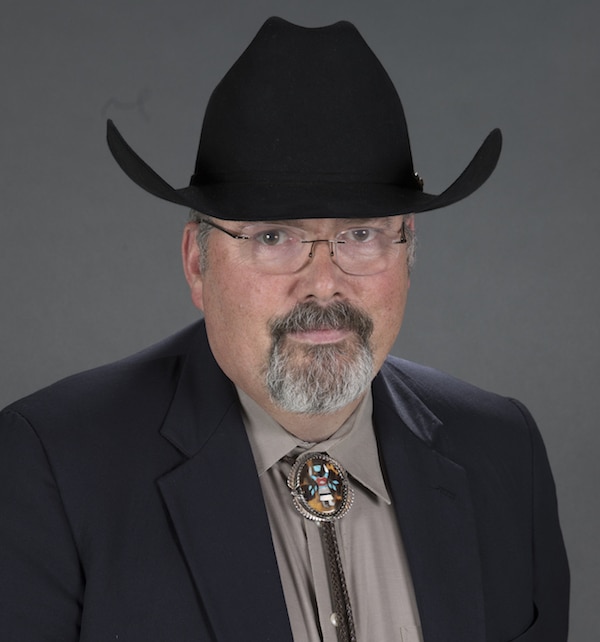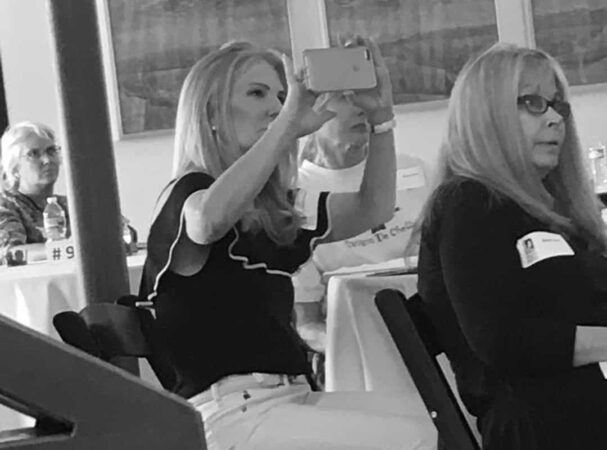It’s a timely moment to be interviewing the team from CERF+, a leading nonprofit focused on safeguarding artists’ livelihoods nationwide. Founded in 1985—by and for materials-based artists and craftspeople—their core services are education programs, advocacy, network- building, and emergency relief. Key players in the recovery of creative industries after Hurricane Maria in Puerto Rico, CERF+ also responded to artists impacted by Hurricanes Irma and Harvey, assisted after the California wildfires, and are actively engaged in a Covid-19 response. Their advocacy for artists is ongoing—both in times where planning and prevention are the emphasis—and in providing support in recovery from a crisis. Cornelia Carey is CERF+’s Executive Director and the founder of the National Coalition for Arts Preparedness & Emergency Response. Carrie Cleveland is their Education and Outreach Manager.
Thanks to Jerry’s Artarama for their support of CHF and The Thriving Artist podcast.
About CERF+
- “CERF was originally called ‘Craft Emergency Relief Fund.’ But after Hurricane Katrina, CERF committed to doing a lot more work in the preparedness and mitigation realm. We realized that no amount of money that we could ever raise was going to right somebody’s life when it had been reduced to a slab, a studio, or a home. We needed to invest in helping artists be more prepared and build more resilient careers. So that’s how we became CERF+. The ‘plus’ being all of that preparedness.”
- “We are actively aggregating, creating, combining, curating resources and information that help artists look at this current crisis. At last count there were 130 emergency relief funds that have been created for artists around the country and in the territories; there have been 3 federal aid packages that artists can access—so we want to make sure our artists are aware of these opportunities and how to navigate them.”
Advocacy for Artists
- “We’ve been working with cultural advocacy groups and Americans For The Arts, and making sure that the needs of artists and other self-employed workers are embedded in federal relief packages. Traditionally, self-employed workers, gig workers, and artists have not been a part of federal relief packages.”
- “Advocacy is educating decision-makers about the issues and the needs of a very important population in this country that might not be represented—in disaster response, for example.”
- “The arts serve everyone in this country. Not just left-leaning or right-leaning.”
- “Artists, like many other self-employed workers, don’t have access to a safety net of benefits that often comes with employment, such as health insurance, paid time off, and other supports and security.”
- “We’ve been making the case that artists’ careers are small businesses, and like any other small business, they employ people, they purchase equipment and supplies and materials, they buy real estate, they rent real estate. They are definitely part of economies.”
- “We did research in 2013 about the status of artists in the craft field. We found that 75% of them have 3 months of savings or less. So if you look at this current crisis with things shutting down in March—you know by May, it’s a pretty desperate situation. So we’re in there with the other advocates for small business.”
- “Maybe people think artists live in a separate bucket than the economy. There’s hard data that says just how wrong that is. Just last month the Bureau of Economic Analysis reported that the Arts & Culture workforce contributed 877.8 billion dollars, or 4.5% of the nation’s Gross Domestic Product in 2017.”
Helping Artists Through Disasters—Coronavirus And Beyond
- “With Covid-19, we’re focused on the health emergency care needs of artists who have gotten the virus, as well as still responding to the other disasters, including the recent tornados in and around the Nashville area and also artists who suffered significant losses in the earthquakes last January in Puerto Rico.”
- “We are working on a program about artists in the recovery phase of this crisis. There are funds that exist right now that will likely run their course in the next month or so. What often happens is there’s no access to those kinds of funding programs in the recovery phase of a disaster. We’re really focused on longer-term recovery. And I can’t say yet what that’s going to look like.”
How Covid-19 Is Affecting Artists
- “We conducted a Nationwide survey of artists during the Covid-19 pandemic. We’re hearing that people are anticipating experiencing loss of revenue from show cancellations, loss of gallery sales, loss of direct sale revenue. People are looking at—just initially from the start of this—financial loss of an average of close to $7,000, and then projecting out 3 months, an average loss of over $18,000, so the impacts of this are pretty immediate and pretty clear.”
- “We’ve been asking people about their current needs for support. It shouldn’t come as any surprise that the resounding answer was ‘cash.’ People cited real concerns around being able to pay their rent or their mortgage.”
- “The other common thread was that people needed support in getting set up for— or increasing—their online sales to cover the income that they’re losing through show cancellations and loss of direct sales.”
- “Even if people already have good online systems in place and have access to their studios, their day-to-day life is completely changed—maybe from having children at home, and so now that day time that they normally would have spent in their studio, they’re adjusting to this new landscape where they’re homeschooling their children.”
- “People have been open and sharing what they’re thinking about: How long is this going to last? Are more shows going to be cancelled? What about tourism-based economies this summer, what’s that going to look like? Even if things go back to ‘normal,’ will people want to travel?”
Artists Can Help With Disaster Recovery
- “CERF+ is looking at how we can create opportunities that might not yet exist. We know our nation needs a whole infrastructure rebuilt. Just think about how artists could be involved in making our communities much more robust and beautiful and well-designed. Honestly, I get excited about the possibilities of engaging artists more in our communities and in recovery.”
- “I have a reflection from an artist named Deanna Davila, a sculptor, ceramicist and jewelry-designer in Puerto Rico. After Hurricane Maria she spent 110 days without electricity and 45 days without water. Something she said when reflecting back on this experience was really powerful: ‘I re-learned that life changes in a split second, that changes may bring you growth and opportunities if you let them. I learned ways to better protect myself in the future, and that protection is not only physical, but economic, emotional, and spiritual. I needed to reexamine the way I work and produce and manage the sales of my craft in order to be prepared for next time. We’re not alone. We’re part of a larger community no matter where we are.’ ”
- “Artists should be part of the national emergency management community and deployed like others are deployed in disasters. They’re showing up in shelters, providing arts education to the kids that are not able to go to school; they’re offering the concerts that make people feel better. Artists are very important to recovery. Unfortunately they’re very vulnerable in disasters as well, so that’s why we’ve been so committed to building programs that help them be more resilient, so they can play that role in recovery in their communities.”
- “I think that in the next couple of months we are going to see a pivot. We already are, in some instances, where people are just going about their work differently, or looking at their skill sets as artists and looking at what income possibilities are out there that can use those skill sets. It’s just about moving past that shock, and understanding that this is really going to be a long-term problem, so we can’t expect things to go back to the way things were before.”
Spirit of Generosity
- “CERF+ was founded on the gesture of mutual aid, of artists helping artists through emergencies. At all these craft shows, inevitably there was somebody who had an emergency and they literally would pass the hat to help that person go home with some money to pay bills or to rebuild. That spirit is so strong today. You’re seeing it locally in communities, you’re seeing it online, with people sharing work and ideas.”
- “Carrie and I just participated in webinars that were organized by The American Craft Council, with Springboard for the Arts, and SNAG [Society of North American Goldsmiths], and CERF was co-sponsoring with them. It was artists helping artists with ideas on how they manage their social media presence, how they sell work, how they’re thinking about this time. Many people have a little bit more time to really take in these lessons and to share how they work and think.”
- “BUY ART! I don’t even think it has to be collectors. I think anybody with a regular paycheck right now should be buying art, should be donating to their food bank, should be really trying to help out. We are extremely lucky to have our work continue. On the outside artists may look like they have beautiful jewelry, and incredible clothes—in the craft field, especially—but they are one setback away from real financial turmoil. So people are in trouble right now, and I think all of us need to be supportive in any ways that we can.”
For Covid-19 relief resources and help navigating the CARES act, see CERF+ Responds to Covid-19 and CARES Act and Steps You Can Take.
See also Reframing Our Creative Livelihood, by Alex McAdams

